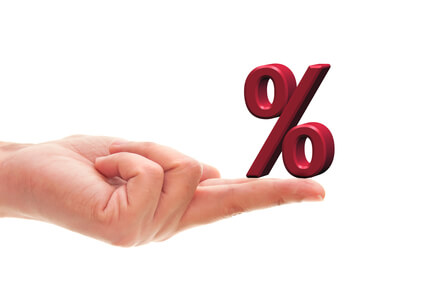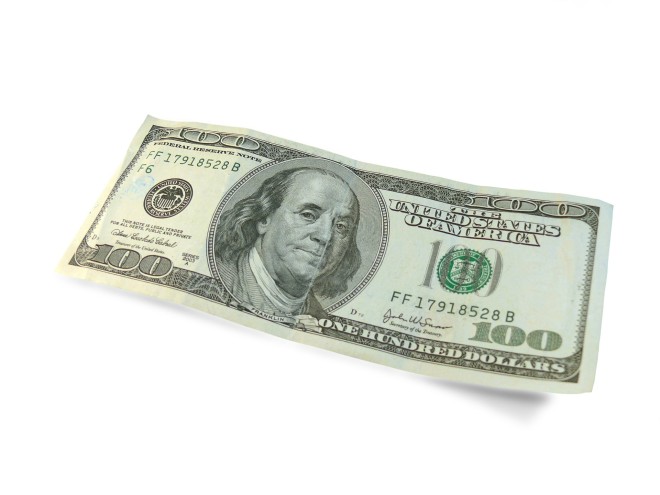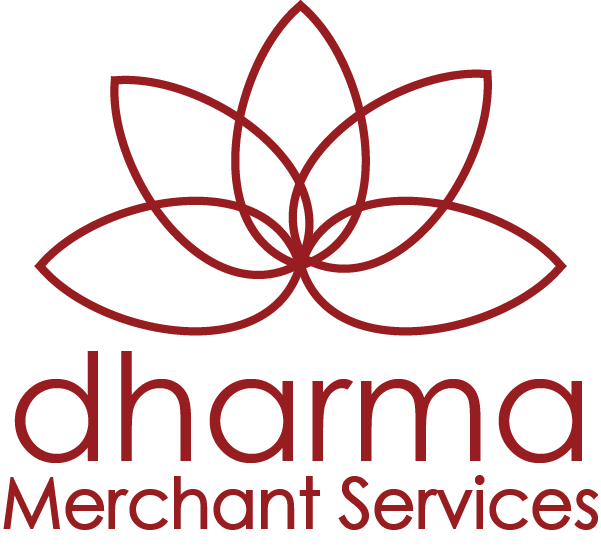Interchange Plus Pricing Overview
What is Interchange Plus, and why does Dharma think it’s the best model for payment processing?
What is Interchange?
It’s the underlying cost of a credit card sale. There are many entities involved whenever you process a credit card transaction. First, there is the acquiring bank, who Dharma represents. Dharma and other MSPs are referred to as Merchant Service Providers. As you will discover merchant services are varied, but the MSP always represents you, the merchant. Secondly, there is the card-issuing bank. The card-issuing bank represents the customer, and is the bank who physically issued the credit card to the customer who’s paying you. The final entity is the credit card association, such as Visa, Mastercard, or Discover. They are responsible for setting the rates at which these transactions process.
For every credit/debit card that exists, there is a pre-set rate that the MSP pays to the issuing bank. This is often referred to as the Interchange rate, credit card Interchange rates or Interchange pricing. You will discover Interchange rates correlate with the cost that each bank has for these cards. Typically, cards with more “perks” or “extras” will have higher associated Interchange rates, because the card-issuing bank has additional costs to recoup. (Think rewards, points, or airline miles). Other cards are very cheap to process, and thus, have lower Interchange rates. (Think debit cards – this is essentially taking money from a checking account, and are low-risk transactions for a bank). Interchange rates will also vary based on how the card is physically accepted – there are lower rates for swiped/dipped sales, and higher Interchange rates for keyed/online sales. These Interchange rates apply to all Merchant Service Providers, from the largest providers to the smallest. We all have the same Interchange costs.

What are Interchange rates?
There are hundreds of different Interchange rates. Interchange rates will always have two components: a percentage fee of the volume of the sale, and a per-transaction fee. Typically, the Visa/Mastercard Interchange rates will be written like this:
- 2.00% + $0.10
The tables are complex, but the important thing to remember when viewing these tables is that every provider is subject to these rates/fees. No matter how big or small, if you want to accept credit cards, you’ll need to abide by Visa Interchange fees and Mastercard Interchange fees.
Visa Consumer Interchange Rates

Card Association Fees
In addition to Interchange fees that the merchant service provider must pay to the issuing bank, there are fees that are charged by Visa/Mastercard/Discover. There are several different fees that they assess, that are based on many factors, like the amount of volume you process per month, whether or not your customers physically present the card to you, the types of security precautions you take, possible international surcharges, and others. Since many of these fees depend on the circumstance of each transaction, they’re impossible to predict with 100% accuracy. However, the basic fees that the card associations charge are roughly 0.14% of volume, and $0.02 per transaction. Just like the rates that merchant service providers must pay to card-issuing banks, these fees are paid by all providers. It’s what allows smaller providers like Dharma to compete with the larger banks. Card Association Fees represent part of the underlying costs of credit card transactions – the other part being the Interchange charge. Click here for a full list of all Card Association Fees.

What makes it Interchange Plus?
Interchange-plus pricing works by adding a constant, flat margin on top of Interchange. So typically, Interchange-plus pricing models will also be written in the two component format, with a percentage fee and per-transaction fee above Interchange. This allows merchant service providers to price their accounts fairly, because merchants who process at higher volumes will pay more fees, but only proportionately so. The same goes for smaller merchants. By offering a constant margin, smaller merchants are not penalized for processing minimal amounts.
What this also provides is transparency. Dharma is committed to showing our clients where we’re making money and how. We’re also committed to a fair pricing model that ensures our merchants know what to expect. With Interchange-plus pricing, you’ll get to see exactly how much money was paid to the card-issuing banks, how much went to the card associations, and how much went to Dharma.

This isn’t how everyone operates
This is a lot different than many other models out there. Most merchant service providers don’t disclose the Interchange rates. Instead, they only disclose the rate at which you’re assessed – meaning there is a lot of incentive to overcharge for services.
If you can’t see how much transactions cost your provider, you can’t know what they’re charging you, or if they’re doing so fairly. It’s unfortunate, but this industry has a negative reputation due to egregious fees, confusing pricing structures, and a predatory mindset towards smaller merchants.
Dharma was founded on the premise to change all that.